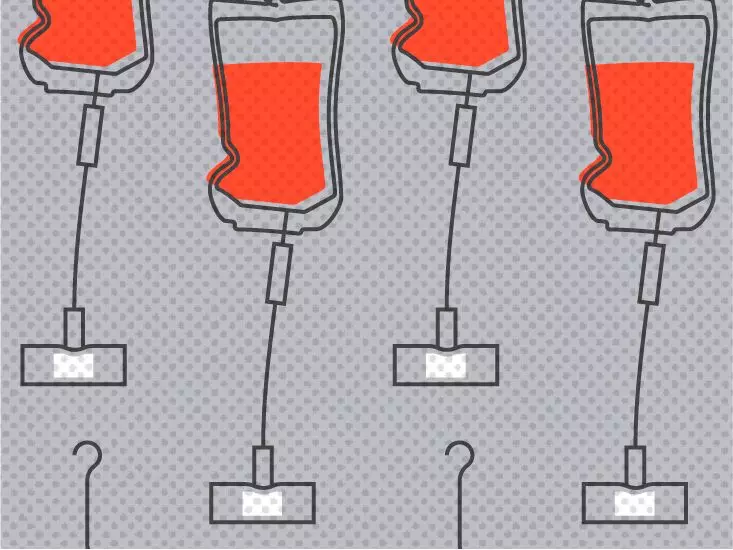Hereditary angioedema (HAE) is a rare genetic disorder characterized by recurrent episodes of severe swelling, which can be life-threatening if it obstructs vital airways or internal organs. For individuals coping with this condition, Ruconest (C1 esterase inhibitor [recombinant]) emerges as a vital treatment option, but understanding its cost, benefits, and accessibility can be complex. Here, we delve deeper into Ruconest, exploring its pricing structure, administration logistics, and programs designed to assist patients in managing their healthcare expenses.
Developed specifically for managing HAE attacks, Ruconest leverages the active ingredient C1 esterase inhibitor (recombinant) to mitigate the swelling associated with the condition. Unlike many other medications, Ruconest is branded and does not have a biosimilar alternative available, which can often lead to lower costs once a drug’s patent expires and competition enters the market. The exclusivity granted to the manufacturer allows for an extended period where the price can remain high due to limited competition.
It’s crucial for patients and caregivers to recognize that Ruconest is FDA-approved for adults and children aged 13 years and older, underscoring its importance not only for adult patients but also for adolescents experiencing HAE attacks.
The cost of Ruconest can fluctuate significantly due to a variety of factors, including the patient’s insurance coverage, the specific pharmacy utilized, and any savings programs available for the drug. Without insurance, patients may find themselves facing exorbitant out-of-pocket expenses, making financial planning an essential aspect of managing HAE. Additionally, intravenous infusion supplies, such as sterile syringes, gauze, and other materials, are necessary for at-home administration, contributing to the overall cost.
Before embarking on treatment with Ruconest, patients should consult with healthcare providers as well as insurance representatives to gain a clearer understanding of what to expect financially.
For those on long-term treatment paths, understanding the administration of Ruconest at home is paramount. Self-infusing Ruconest requires not only the drug itself but also a set of infuser equipment. This can seem daunting at first, but with proper education and resources, most patients can learn to manage their treatments independently.
In some cases, patients may have the option to receive a 90-day supply of Ruconest through their insurance providers. This can significantly reduce the frequency of pharmacy visits while potentially decreasing treatment costs over time. Furthermore, health plans that support mail-order medications can further lower the cost for patients, offering convenience and accessibility without requiring in-person trips to a pharmacy.
For individuals facing financial challenges with medication purchases, several support programs exist to help alleviate costs. The Ruconest Patient Savings Program is one prominent resource, designed to provide financial assistance based on eligibility criteria. Patients seeking additional support can contact the program for information specific to their circumstance.
Moreover, online resources and community organizations often provide vital information about assistance programs, which can help patients maximize their insurance benefits and uncover discounts or savings opportunities that might otherwise go unnoticed.
Navigating insurance coverage for Ruconest can be complicated. Some insurance policies might require prior authorization before the medication is covered, which would involve discussions between the patient’s doctor and the insurance company. If patients begin treatment without prior authorization, they may be responsible for the full costs of the drug. Thus, verifying with the insurance provider whether prior authorization is necessary is a crucial step before commencing treatment.
Ruconest is a significant therapeutic option for patients suffering from hereditary angioedema, but understanding the multifaceted aspects of its use—from costs to administration—is vital. Patients may need to proactively engage with healthcare providers, insurance representatives, and support programs to navigate the complexities of treatment. With informed decision-making and available resources, individuals will be in a better position to manage HAE effectively, securing treatment that meets their medical needs without overwhelming them financially. As always, medical professionals should be consulted before making any changes to treatment plans, ensuring that all decisions are guided by expert advice tailored to individual health needs.

